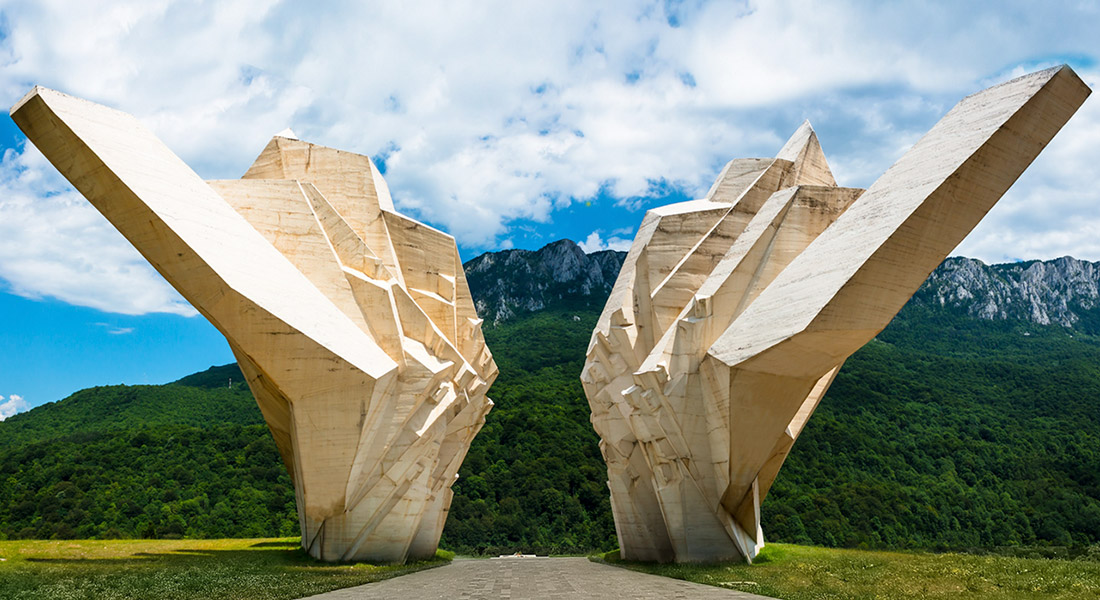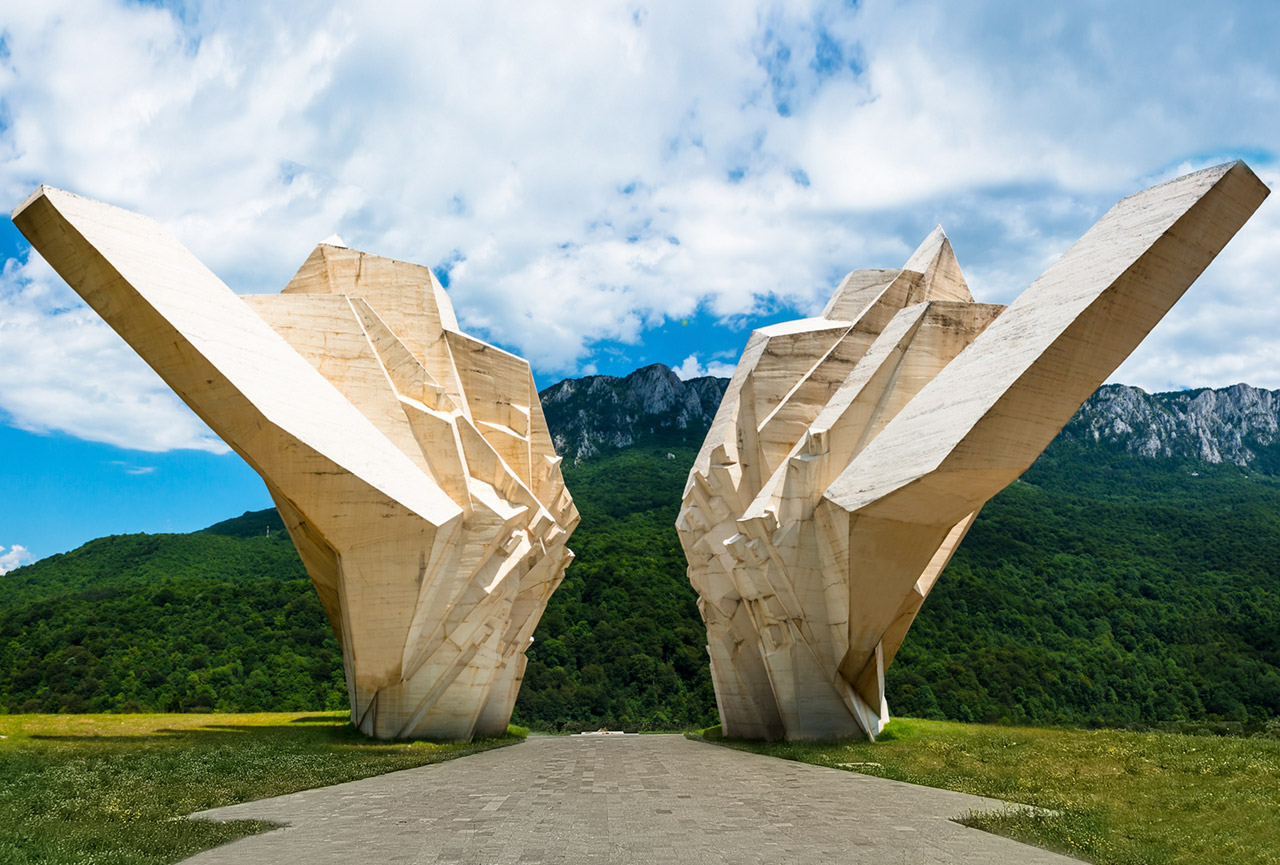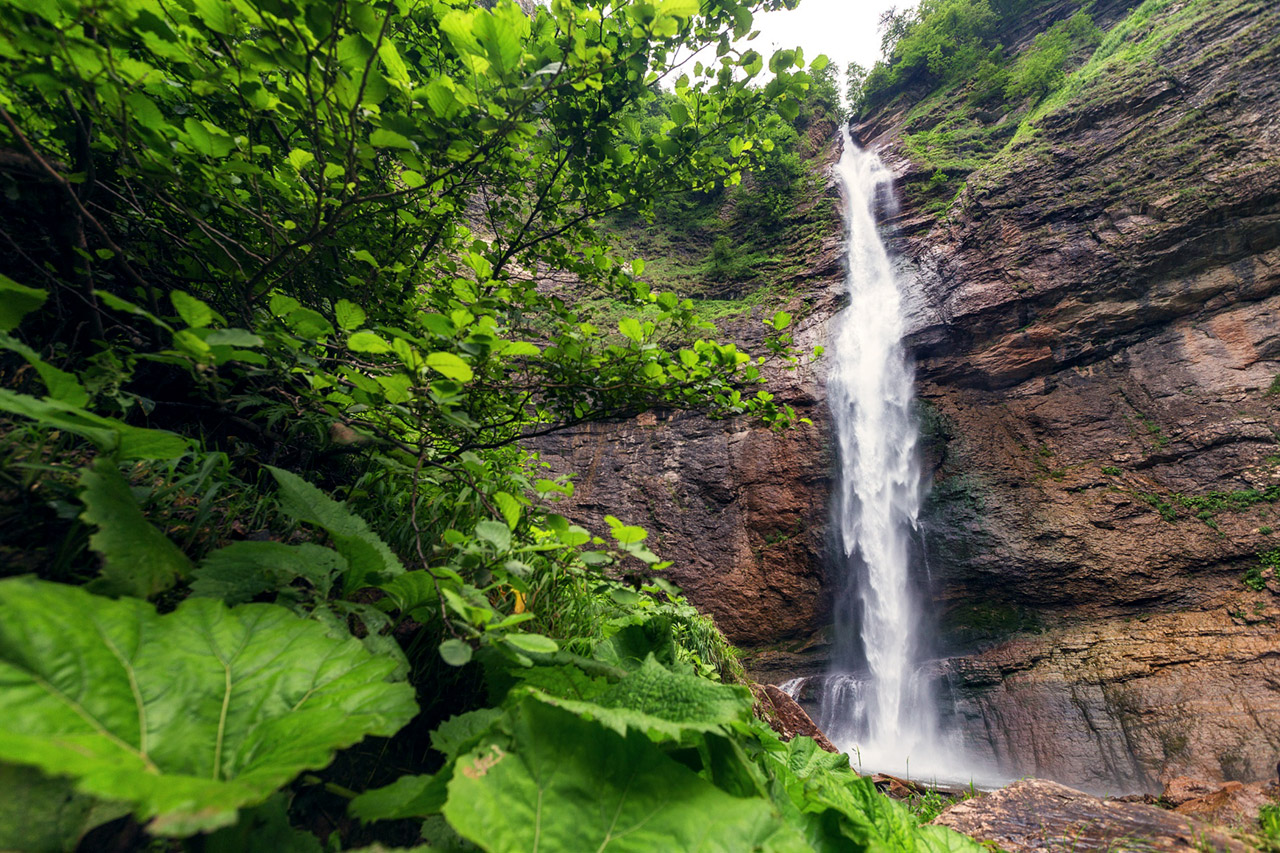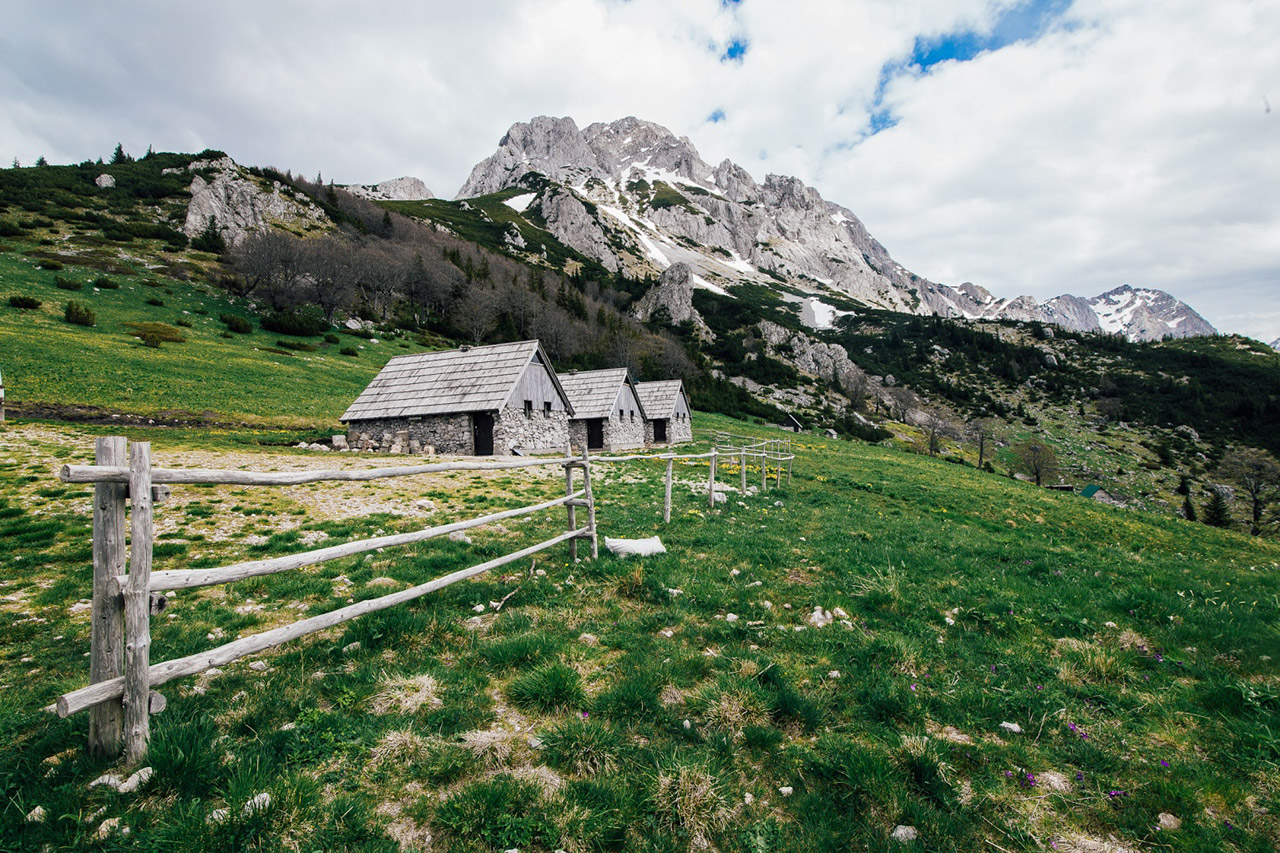
Sutjeska National Park is rightfully known as a “jewel of the Republic of Srpska”. It is the biggest and oldest national park in the Republic of Srpska and Bosnia and Herzegovina, covering an area of 16,052.34 hectares of which more than 66% is covered with forest, meadows, and pastures. The park was established in 1962 to create a historical context on the Sutjeska Battle of 1943 with a memorial complex. Sutjeska National Park, also called the Yosemite of the Balkans, extends over a mountain area at the junction of the borders of Bosnia and Herzegovina and Montenegro. It is bounded with rivers Piva, Drina and Neretva, and mountains: Bioč, Vučevo, Maglić, Volujak, Lebršnik, and Zelengora. The highest peak of Bosnia and Herzegovina, Maglić (2,386 meters), is located in the area of the park.
Considering its beauty and intact nature, Sutjeska National Park was categorized as II category according to IUCN (International Union for Conservation of Nature) in the year 2000. It represents one of the most diverse ecosystems in Bosnia and Herzegovina and one of the most peculiar in southeast Europe. At the heart of the park is the Strict Nature Reserve Perućica (1,434 ha), the largest and best-preserved primeval forest in Europe, where any intervention and human interference is strictly forbidden since the establishment of the National Park. It’s no wonder why this unique place is also listed as a UNESCO World Heritage Site.
Nature admirers will find everything they could wish for: pleasant valleys, densely forested areas, mountain meadows, and high mountain ranges. There are 8 glacier lakes on Zelengora Mountain, and they are known as “Mountain eyes.” Moreover, impressive canyons of Sutjeska, Hrčavka, and Jabučnica have clear mountain rivers teeming with brown trout. The wild animal population in Sutjeska is very valuable and rich, as well as its rare plant species, many of which are endemic. Up to 100 species of edible mushrooms and plenty of herbs and fruits can be found in Sutjeska! Within the park, there’s a large number of invertebrates, especially butterflies, but also amphibians, reptiles and fish, and 18 families of mammals. This includes rare and endangered species like the wild cat, lynx, and mole-rat. In Sutjeska, there are 114 species of birds, representing one-third of all known species in Bosnia and Herzegovina! Out of the 114 registered, 61 species live and nest in the park, and 32 visit or dwell only during the summer. This includes 9 species of woodpeckers (Picidae family) that represent 90% of the Picidae family in Europe.
In the National Park area, there are many monuments from different eras. The Sutjeska Battle (The Fifth Offensive, “Operation Schwarz”) took place between May 15th and June 15th, 1943 in the region of Montenegro, and eastern Bosnia, and Herzegovina. The final and bloodiest struggles happened in the area of the Sutjeska River and the surrounding mountains. In memory of this great battle, a memorial complex was built with a monument by sculptor Miodrag Živković in the center. There is also the Museum of the Battle of Sutjeska, Sutjeska Battle Memorial House, and an architectural masterpiece by Ranko Radović, who was a very young Belgrade architect at the time. The Sutjeska National Park is managed by the Public Institution Sutjeska National Park, based in Tjentište. It is a member of the EUROPARC.





